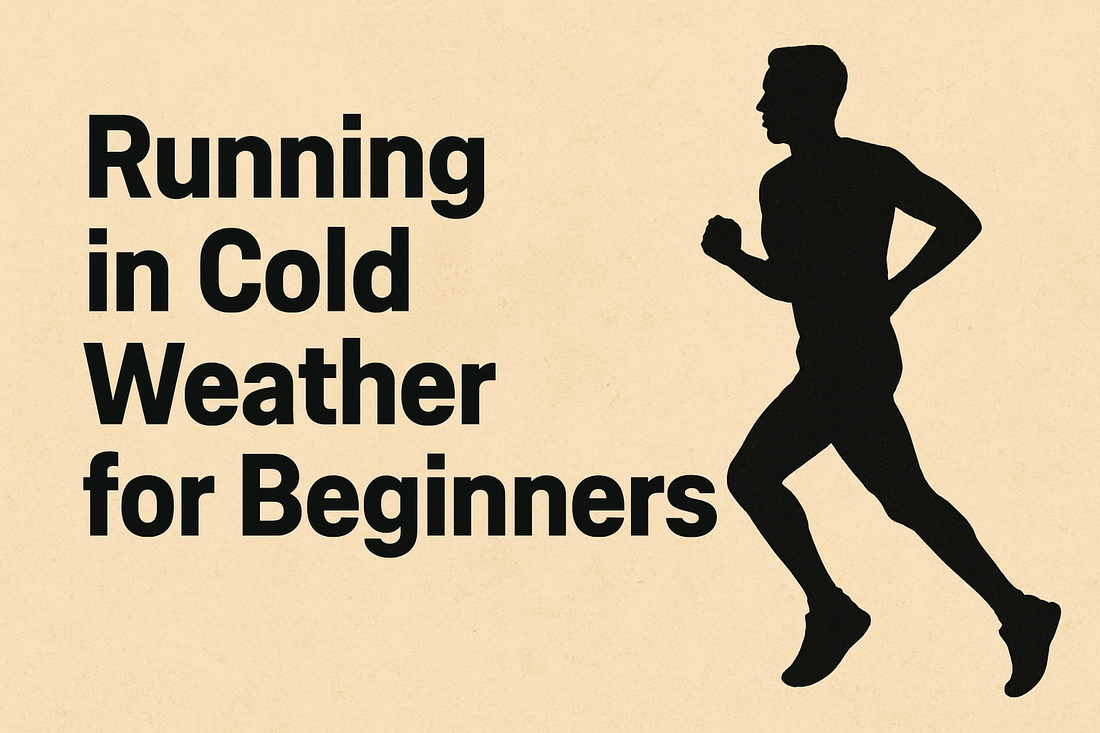
Running in Cold Weather for Beginners
Share
Running in cold weather can be tough—especially if you're just getting started. But with the right approach, winter runs can actually be some of the most refreshing and rewarding experiences.
The first step is dressing smart. Cold-weather running is all about layering. Start with a moisture-wicking base layer to keep sweat off your skin. Add an insulating mid-layer like fleece, and finish with a breathable, wind-resistant jacket. For your legs, thermal tights or running pants work great. Don’t forget gloves, a headband or beanie, and warm socks—extremities lose heat fast.
Next, warm up indoors. When it’s cold, your muscles take longer to loosen up. Do dynamic movements—leg swings, arm circles, jumping jacks—before heading out. You’ll feel better and reduce your risk of injury.
Pace yourself. Cold air can make breathing feel harder, especially at first. Start slower than usual and let your lungs adjust. Try breathing through your nose to warm the air before it hits your lungs.
Stay visible. Winter often means less daylight. Wear bright colors and reflective gear so drivers and cyclists can see you, especially in the early morning or late evening.
After your run, change quickly. Sweaty clothes in cold air = chill fast. Switch to dry, warm clothes right away, even if you’re just driving home. And stretch indoors where it’s warm to avoid stiffness.
The key to enjoying cold weather running is consistency and preparation. The more you do it, the easier it feels. Some runners even find winter their favorite season to run—less crowds, crisp air, and unbeatable post-run coffee.
Want to make sure you’re training smart all year round? My e-book includes a full section on seasonal running tips, recovery, nutrition, gear recommendations—and it comes with exclusive discount codes on winter-ready running gear. E-book
